Aviation
Embraer Delivers 198 total jets in 2019
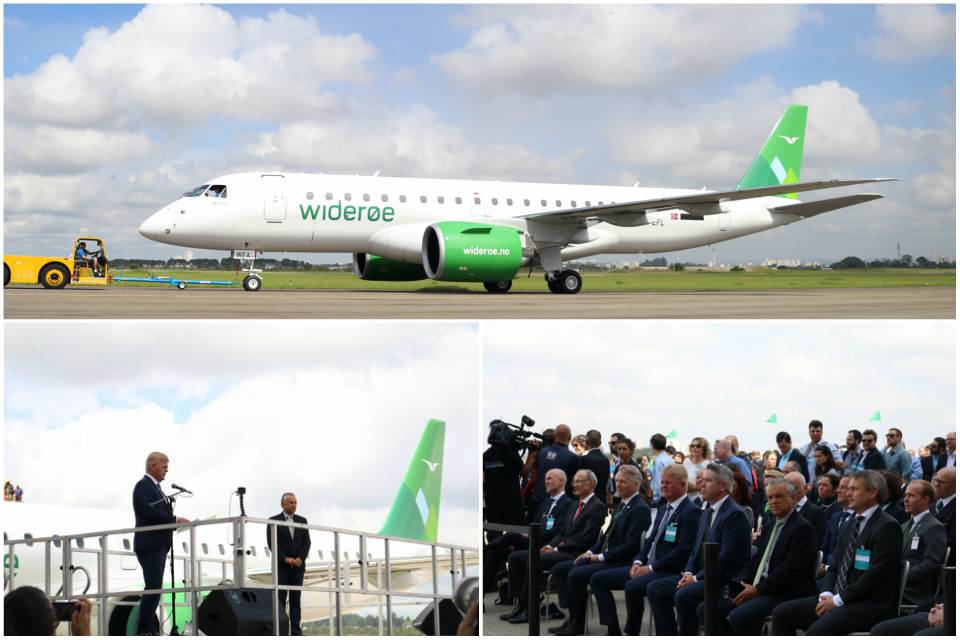
São José dos Campos – Brazil, February 19, 2020 – Embraer (NYSE: ERJ; B3: BOVESPA: EMBR3) delivered a total of 198 jets in 2019, of which 89 were commercial aircraft and 109 were executive jets (62 light and 47 large), which represents an increase of 9% compared to 2018, when the Company delivered a total of 181 jets. The deliveries were within the outlook ranges for 2019 of 85 to 95 for the commercial aviation market and of 90 to 110 for the business aviation market. In the fourth quarter of 2019, Embraer delivered 81 jets, being 35 commercial aircraft and 46 executive jets (20 light and 26 large). As of December 31, the firm order backlog totaled USD 16.8 billion. See details below:
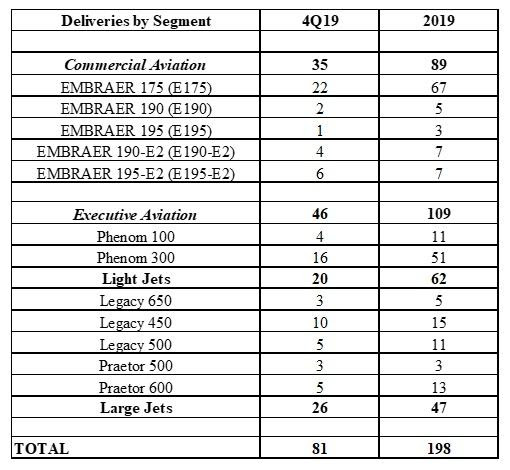
In the fourth quarter of 2019, Embraer delivered the first Praetor 500 business jet to Flexjet, a global leader in private jet travel, just over one year after its announcement at the 2018 National Business Aviation Association’s Business Aviation Convention and Exhibition (NBAA-BACE).
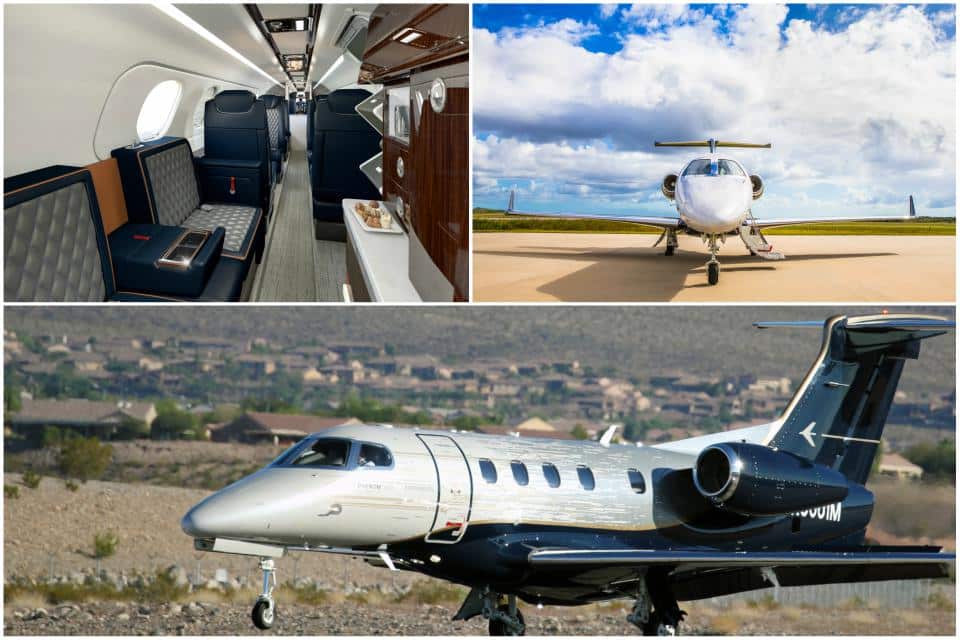
Embraer also announced the expansion of its Executive Jets Service Center at Fort Lauderdale-Hollywood International Airport (KFLL), expanding its service capacity through a lease agreement with Jetscape Services for a dedicated hangar. Embraer’s presence in Florida is strategic for its Executive Jets customers throughout the Southern United States, the Caribbean and Central America as well as for those whose travel frequently brings them through South Florida.
In the same period, Embraer delivered the second KC-390 Millennium to the Brazilian Air Force and the contract with the Portuguese Government for a firm order for five KC-390 airlifters was included in Embraer’s backlog in the fourth quarter of 2019. At the Dubai Air Show, Embraer announced the name and designation of its multi-mission medium aircraft, the Embraer C-390 Millennium. The new designation reflects increased flexibility and value for operators that look for a transport/cargo aircraft to perform airlift and air mobility missions, among others. In addition, Embraer and Boeing announced that the joint venture to promote and develop new markets for the C-390 Millennium multi-mission airlift and air mobility aircraft will be called Boeing Embraer – Defense. The organization will only be operational after the companies’ joint venture receives regulatory approvals and meets closing conditions. Also during the event in Dubai, Embraer announced two contracts for commercial aircraft: a contract with Air Peace for three additional E195-E2s, confirming purchase rights from the original contract and a firm order for three E190 jets with CIAF Leasing. Embraer welcomed three new E2 operators. Helvetic Airways, from Switzerland, and Air Kiribati, national airline of the Republic of Kiribati, received its first E190-E2 jets, while Binter, of Spain, received its first E195-E2. Embraer also signed firm orders with SkyWest, for 20 E175 that will be operated by American Airlines, and with Congo Airways for two E175 aircraft, with purchase rights for a further two.
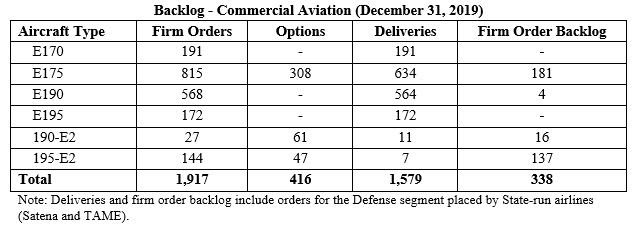

Aviation
Why Elon Musk Believes the F-35 Stealth Jet Is Obsolete – Here’s Why
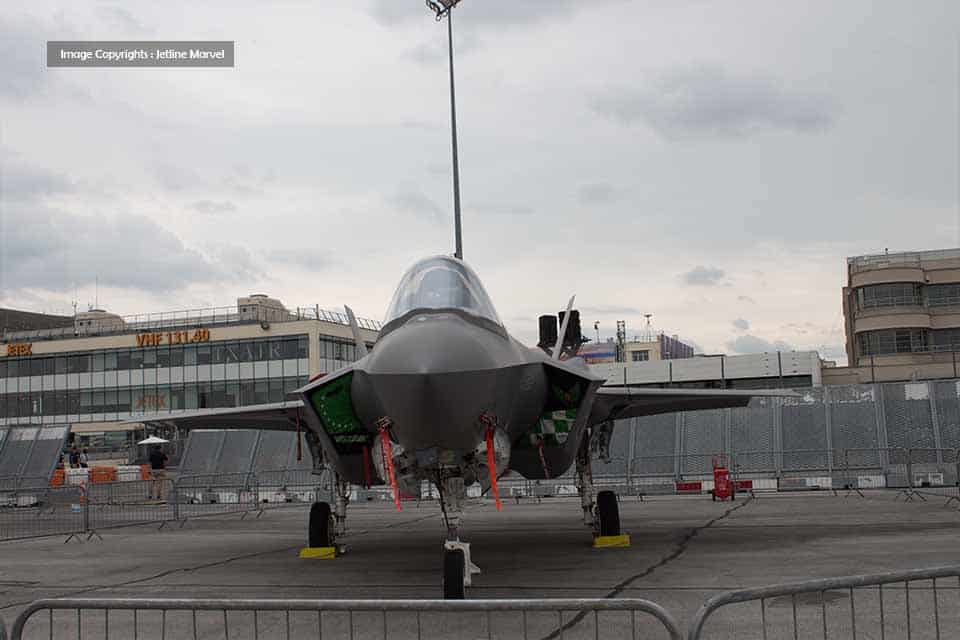
Elon Musk, the tech billionaire known for his innovative thinking, has set his sights on the U.S. Air Force’s F-35 fighter jets, calling them “obsolete” and unfit for modern warfare.
In a series of posts on his social media platform X (formerly known as Twitter), Musk has argued that fighter jets, particularly the F-35, are outdated in an era dominated by drones and AI-driven combat systems. His remarks, which have ignited intense debate, suggest that the U.S. military should shift focus toward low-cost, unmanned aerial systems (UAS) rather than continuing to invest in expensive, manned jets.
Musk’s blunt criticism, which led to a 3% drop in Lockheed Martin’s stock, isn’t just a swipe at one military program—it’s part of his broader vision for the future of warfare. According to Musk, drones are the way forward, offering cost-effective, flexible, and increasingly autonomous platforms that can outperform traditional fighter jets in modern combat scenarios.
Drones: The Future of Warfare
Musk has consistently championed the development of remote-piloted combat systems over traditional fighter jets, claiming that the days of manned aircraft are numbered. He highlights the rise of drone warfare as a pivotal shift in military strategy.
Drones, Musk believes, not only offer a more cost-effective approach to air combat, but they also allow for greater speed in innovation. His argument is simple—drones are cheaper, safer, and capable of performing coordinated missions with minimal human oversight.
In contrast to the F-35’s $80 million price tag, small drones used in the Russia-Ukraine conflict have cost anywhere from $10,000 to $50,000 each. Musk suggests that, given the escalating costs and complexity of traditional fighter jets, drones provide a much better return on investment. By removing the human element, drones eliminate the risks faced by pilots and allow for large-scale, swarming operations that can overwhelm traditional defense systems.
The F-35 program, one of the most ambitious and costly military projects in history, has long been a target for criticism. Designed as a multi-role stealth fighter, the F-35 was intended to meet a wide range of military needs, from air-to-air combat to precision strikes.
However, the program has been plagued by cost overruns, delays, and technical challenges. Despite these setbacks, the F-35 remains a cornerstone of the U.S. and allied air forces, largely due to its advanced stealth technology, sensors, and interoperability with other defense systems.
Critics, however, argue that the F-35 is over-designed to meet too many requirements, making it an unnecessarily complex and expensive system.
Musk’s Vision for the Future
Musk’s call to replace piloted fighter jets with AI-driven drones isn’t just about cutting costs—it’s about rethinking the way we approach air combat. With the growing role of Unmanned Aerial Systems (UAS) in conflicts around the world, from reconnaissance to precision strikes, it’s clear that the battlefield is evolving. Drones have already proven their value, offering flexible, highly adaptable solutions that are reshaping military operations.
-

 Aviation2 months ago
Aviation2 months agoMicrosoft Flight Simulator Raises $3 Million to Bring Back the An-225 Mriya
-

 Airlines2 months ago
Airlines2 months agoQatar Citizens Can Travel to the United States Without a Visa
-

 Aviation2 months ago
Aviation2 months agoQatar Airways bans these new Electronic Devices on plane
-

 Defence2 months ago
Defence2 months agoWhich Country Has the Largest Fleet of Fighter Aircraft?
-

 Airlines6 days ago
Airlines6 days agoDAMAC Air: Dubai’s New Luxury Airline Offers Free Flights for Registration
-

 Airport2 months ago
Airport2 months agoWestern Sydney Airport Welcomes Its First Plane After 6 Years of construction
-

 Airlines5 days ago
Airlines5 days agoAir India to Launch aircraft maintenance training institute in Bengaluru
-

 Aviation2 months ago
Aviation2 months agoDid you know ? Once Boeing 747 carried 1088 passenger in 1991








